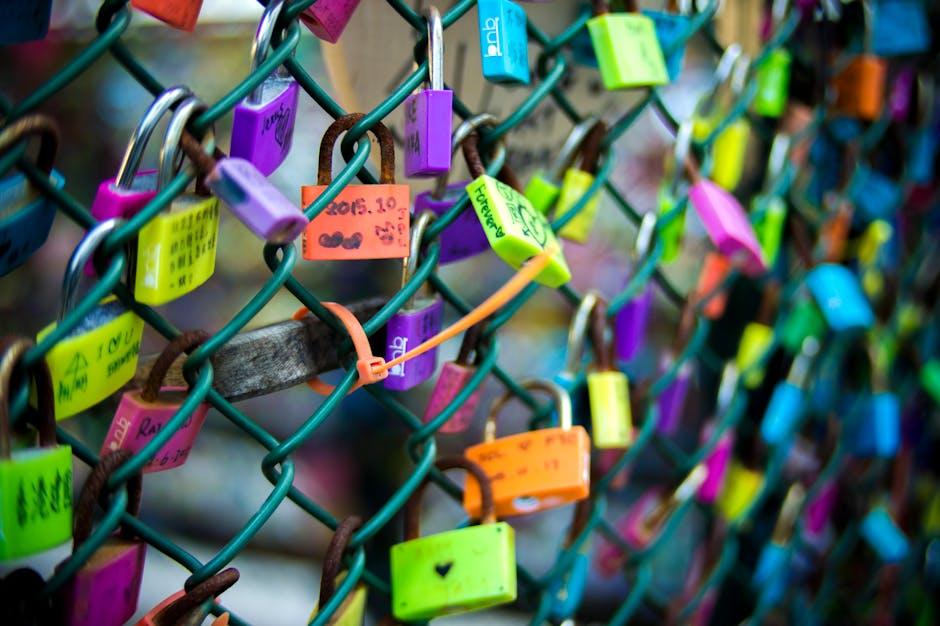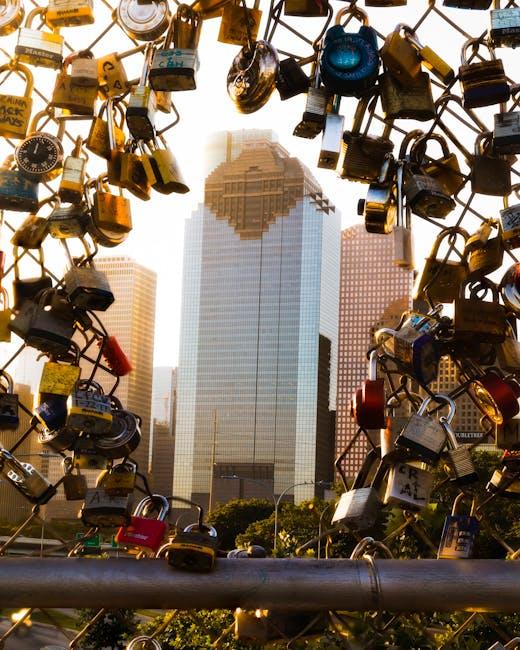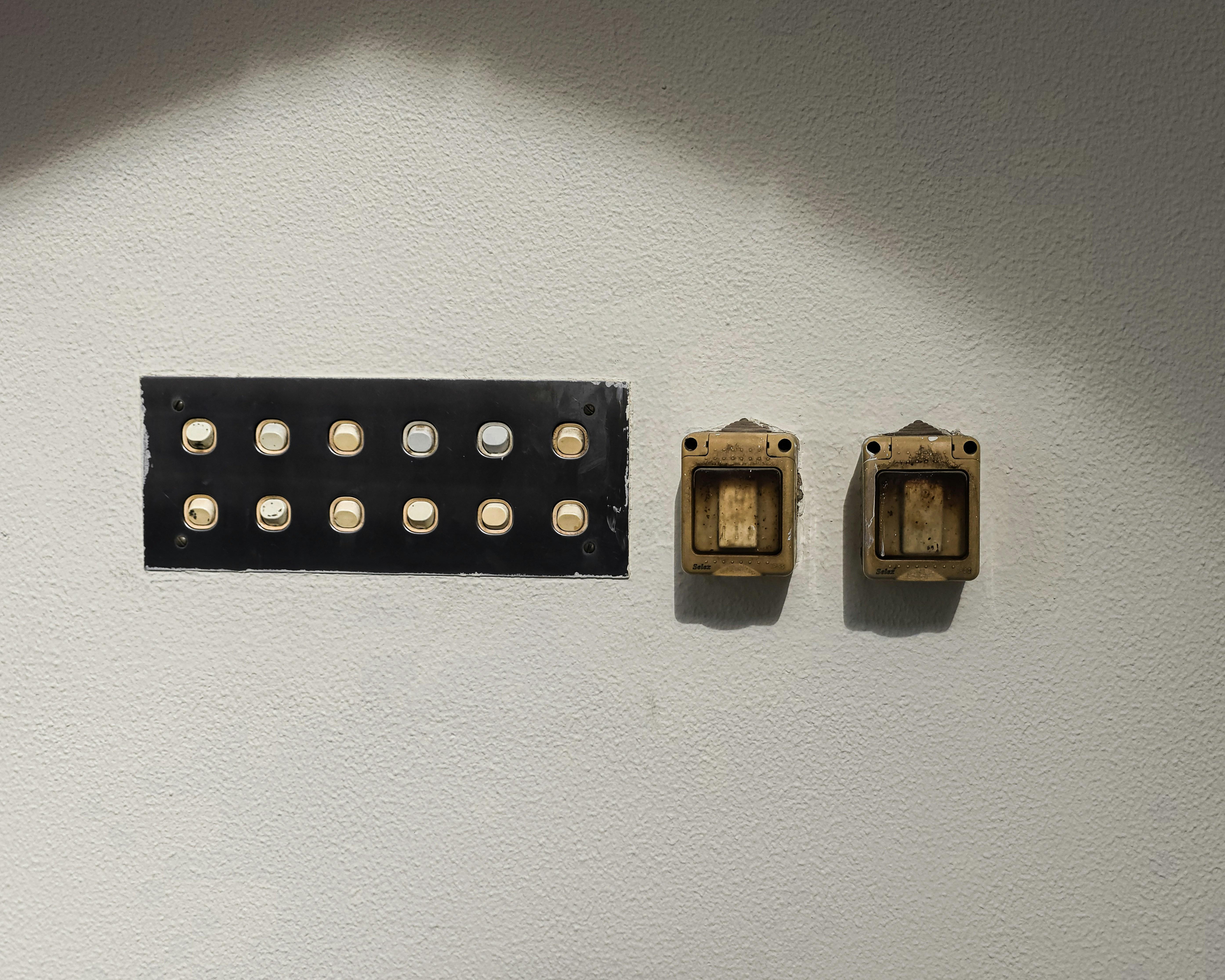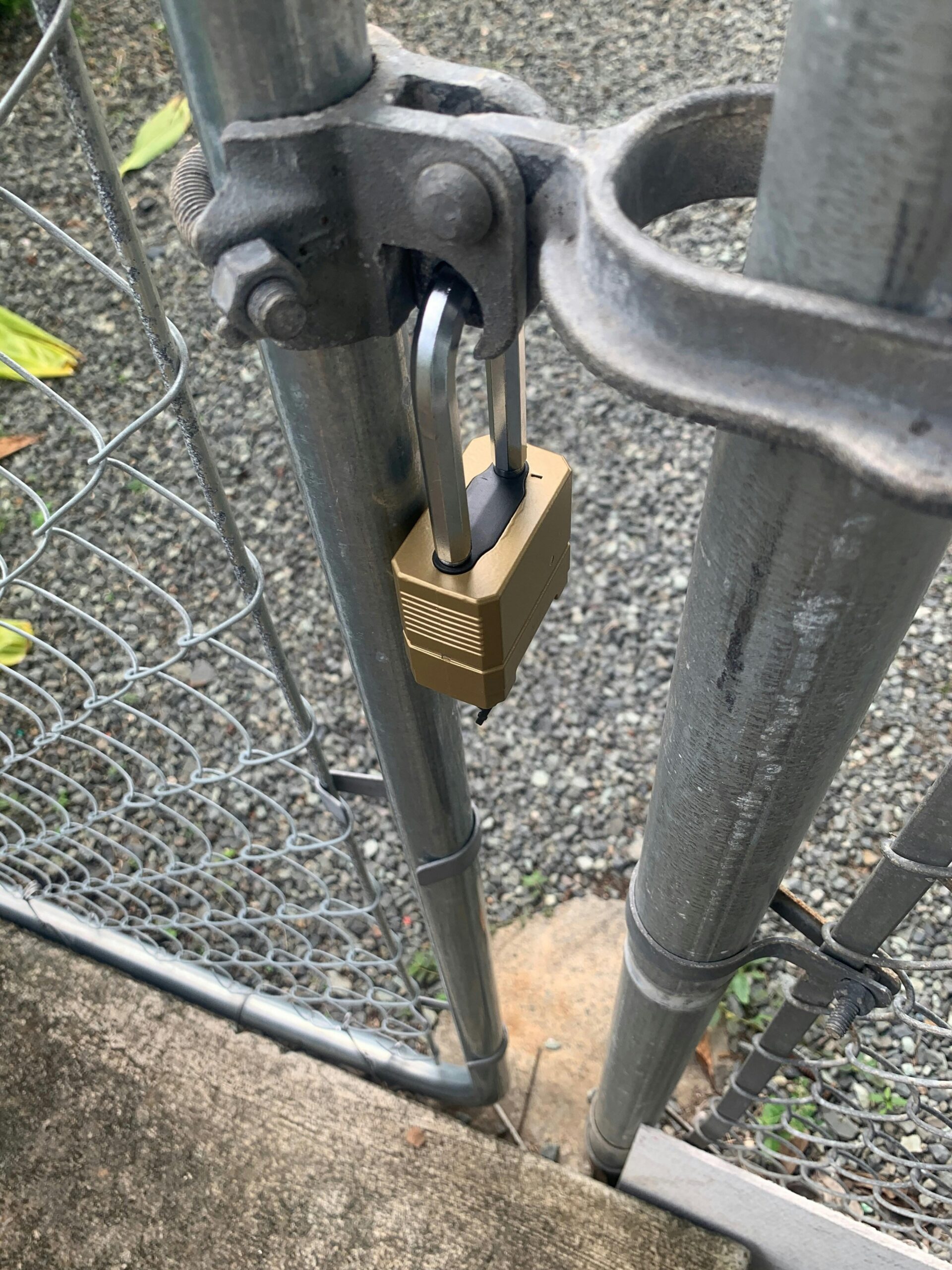When the sanctity of your home or business is shattered by a break-in, the sense of safety you once took for granted can feel alarmingly fragile. Beyond the immediate shock and loss, there lingers a critical question: how do you reclaim your security and peace of mind? Rekeying after a break-in emerges as a practical and often necessary step in this process-transforming your locks into steadfast guardians once more. This article explores the importance of rekeying, demystifies the procedure, and guides you through regaining control over your personal space, so you can move forward with confidence and calm.
Table of Contents
- Understanding the Importance of Rekeying to Restore Safety
- Assessing Damage and Identifying Vulnerable Entry Points
- Choosing Between Rekeying and Lock Replacement
- Step-by-Step Guide to Rekeying Your Locks Securely
- Incorporating Additional Security Measures Post-Rekeying
- Q&A
- In Retrospect

Understanding the Importance of Rekeying to Restore Safety
After a break-in, your sense of safety can feel shattered, as the security of your home or business appears compromised. Rekeying is a crucial step to regain control and peace of mind by officially resetting access to your property. Unlike just replacing locks, rekeying changes the internal mechanism so that old keys can no longer open the doors, effectively nullifying any unauthorized copies or lost keys. This procedure is a cost-effective, swift solution to restore security without the full expense of new locks, offering a fresh start for your lock system.
By opting to rekey, you gain several immediate benefits:
- Elimination of unknown access: No old keys will work, so former tenants, visitors, or intruders lose entry.
- Custom access control: You can decide who holds keys, improving overall key management.
- Peace of mind: Renewed confidence in your property’s safety fosters a sense of normalcy and protection.
| Reason to Rekey | Benefit |
|---|---|
| Lost or stolen keys | Prevents unauthorized access |
| After moving into a new place | Ensures only you have the keys |
| Following a break-in | Restores control and safety immediately |

Assessing Damage and Identifying Vulnerable Entry Points
After a break-in, it’s crucial to carefully inspect your property for any damage the intruder may have caused. Start by examining all entry points, such as doors, windows, and any other potential access areas. Look for visible signs of tampering like scratches near the locks, broken glass, or warped door frames. This initial assessment is vital to understanding how the intruder accessed your home and determining which locks need immediate attention. Don’t forget to check secondary access points such as garage doors, pet entrances, or basement windows, as these are often overlooked but equally vulnerable.
Key elements to assess include:
- Condition of door and window locks
- Integrity of frames and hinges
- Presence of forced entry marks or damage
- Functionality of security systems and alarms
Mapping out vulnerable spots can also involve creating a simple table to prioritize which areas require urgent rekeying or reinforcement:
| Entry Point | Damage Level | Priority for Rekeying |
|---|---|---|
| Front Door | High (damaged lock & frame) | Immediate |
| Back Window | Medium (scratches on lock) | Soon |
| Garage Door | Low (no visible damage) | Low |

Choosing Between Rekeying and Lock Replacement
After a break-in, deciding whether to rekey your locks or replace them entirely can be daunting. Rekeying offers a cost-effective solution by altering the internal mechanisms so old keys no longer work. This option is ideal if your current locks are still in good shape and you want to quickly regain control over who has access. It’s also less disruptive, preserving the aesthetics and functionality of your existing hardware.
However, if the locks show signs of wear, damage, or are outdated, a complete replacement might be the safer bet. New locks can elevate security levels by incorporating modern features like bump-resistant pins or electronic access control. To help you decide, here’s a quick comparison:
| Factor | Rekeying | Lock Replacement |
|---|---|---|
| Cost | Lower | Higher |
| Time Required | Quicker | Longer |
| Security Upgrade | Minimal | Significant |
| Hardware Condition | Good Condition | Worn or Damaged |

Step-by-Step Guide to Rekeying Your Locks Securely
Begin by gathering all the necessary tools: a rekeying kit that matches your lock brand, a key gauge, plug followers, and a screwdriver. Start with removing the lock from the door with care, ensuring you keep all its components organized to avoid confusion during reassembly. Next, use the key gauge to identify the current key pins and carefully remove the cylinder plug with the plug follower, maintaining pressure to prevent the springs from popping out. This step is crucial to avoid any internal damage and ensure smooth rekeying.
Once disassembled, select new pins according to the new key’s bitting code, and install them inside the plug. This recalibration changes the lock’s internal mechanism, rendering any previous keys useless. After securing the new pins, reassemble the lock carefully. Test the new key multiple times to verify smooth turning and proper locking action. Remember, rekeying not only saves on replacement costs but also restores your peace of mind after a break-in by giving you full control over your home security.

Incorporating Additional Security Measures Post-Rekeying
Once you’ve completed the rekeying process, it’s crucial to reinforce your home’s defenses beyond simply changing the locks. Implementing additional security layers serves as a robust deterrent against future break-in attempts and provides peace of mind. Consider installing smart locks that allow remote monitoring and keyless entry or adding deadbolts with reinforced strike plates for enhanced protection. Integrating security cameras and motion-activated lighting can instantly alert you to suspicious activity, turning your property into a less attractive target.
Upgrading your security setup doesn’t need to be complicated. Here are a few practical measures to incorporate immediately:
- Alarm Systems: Invest in monitored alarms linked to your phone or local security company.
- Window Locks and Sensors: Secure all entry points with reliable locking mechanisms and sensor alarms.
- Neighborhood Watch Participation: Engage with community efforts to increase vigilance.
- Security Signage: Visible signs can discourage burglars before they attempt entry.
| Security Measure | Key Benefit | Estimated Cost |
|---|---|---|
| Smart Locks | Remote access & control | $150 – $400 |
| Security Cameras | Continuous monitoring | $100 – $600 |
| Alarm System | Alerts & professional response | $200 – $700 |
Q&A
Q&A: Rekeying After a Break-In – How to Regain Security
Q1: Why is rekeying important after a break-in?
A1: After a break-in, the security of your home’s locks is compromised because the intruder may have made copies of your keys or tampered with the locks. Rekeying ensures that old keys no longer work, restoring your control over who can enter your property and giving you peace of mind.
Q2: What exactly does rekeying involve?
A2: Rekeying involves altering the internal mechanism of your locks so that they respond to a new key only. Instead of replacing the entire lock, a locksmith changes the pins or tumblers inside, making previous keys obsolete without removing the lock itself.
Q3: Can I rekey the locks myself, or should I hire a professional?
A3: While DIY rekeying kits are available, it’s often best to hire a professional locksmith. They have the expertise to ensure the job is done quickly and correctly, preventing any potential security weaknesses that could result from improper installation.
Q4: How soon should rekeying be done after a break-in?
A4: Ideally, rekeying should be done immediately after a break-in, or as soon as you’re able. The longer you wait, the greater the risk that unauthorized individuals still have access to your home.
Q5: Are there other security measures I should consider alongside rekeying?
A5: Absolutely. Rekeying is just one part of regaining security. Consider installing stronger locks, adding a security system, upgrading door frames, reinforcing windows, and changing access codes or passwords on digital locks or security devices.
Q6: Does rekeying work for all types of locks?
A6: Rekeying is possible for most traditional pin-tumbler locks used in residential settings. However, some high-security or electronic locks might require different approaches, such as full replacement or reprogramming.
Q7: How much does rekeying typically cost?
A7: The cost varies depending on the number of locks, lock type, and locksmith rates. On average, rekeying a single lock can range from $20 to $50, with discounts often available for multiple locks.
Q8: What if I’ve lost my keys but haven’t experienced a break-in-should I still consider rekeying?
A8: Yes, losing your keys poses a similar security risk as a break-in since lost keys could be found and used by someone else. Rekeying is a wise precaution to protect your property.
Q9: Can rekeying improve the overall security of older locks?
A9: Rekeying refreshes who has access but doesn’t inherently improve the strength of the lock itself. For older or vulnerable locks, rekeying can be combined with upgrades or replacements for enhanced security.
Q10: What are some signs that I need to rekey my locks beyond a break-in?
A10: Signs include lost or stolen keys, tenants moving out, gifts of keys to untrusted individuals, or if the locks show wear and tear that impacts their functionality. Proactive rekeying helps maintain control over your space.
By understanding the rekeying process and its importance after a break-in, homeowners can take effective steps to reclaim safety and peace in their spaces.
In Retrospect
Regaining a sense of safety after a break-in is essential, and rekeying your locks is a pivotal step on that path. By taking control of your home’s security, you not only protect your belongings but also restore your peace of mind. Remember, while the process might seem technical, it’s a proactive measure that empowers you to reclaim your space confidently. In the end, rekeying isn’t just about changing locks-it’s about turning a page and moving forward with renewed security and assurance.





